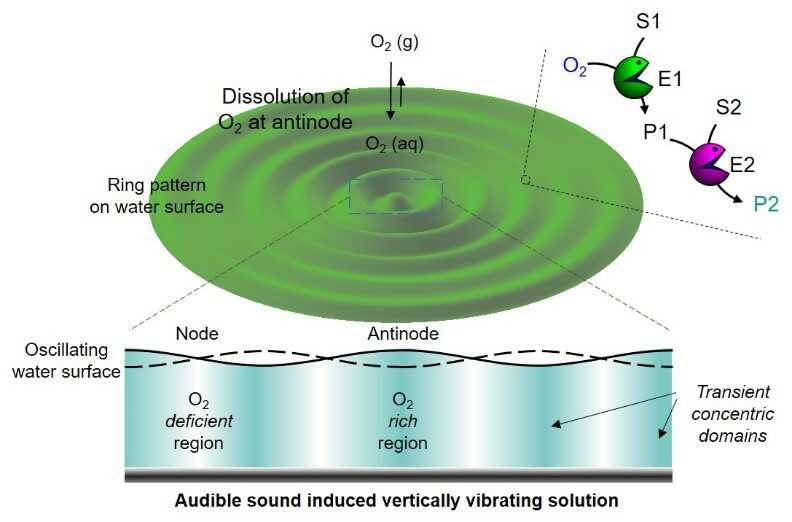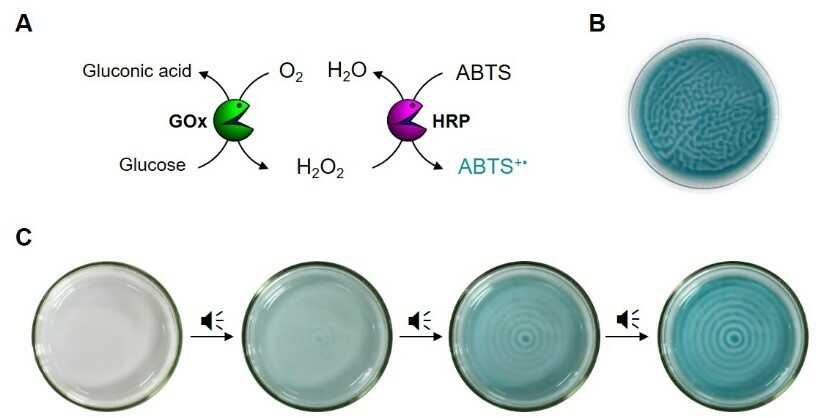주메뉴
- About IBS 연구원소개
-
Research Centers
연구단소개
- Research Outcomes
- Mathematics
- Physics
- Center for Underground Physics
- Center for Theoretical Physics of the Universe (Particle Theory and Cosmology Group)
- Center for Theoretical Physics of the Universe (Cosmology, Gravity and Astroparticle Physics Group)
- Dark Matter Axion Group
- Center for Artificial Low Dimensional Electronic Systems
- Center for Theoretical Physics of Complex Systems
- Center for Quantum Nanoscience
- Center for Exotic Nuclear Studies
- Center for Van der Waals Quantum Solids
- Center for Relativistic Laser Science
- Chemistry
- Life Sciences
- Earth Science
- Interdisciplinary
- Center for Neuroscience Imaging Research (Neuro Technology Group)
- Center for Neuroscience Imaging Research (Cognitive and Computational Neuroscience Group)
- Center for Algorithmic and Robotized Synthesis
- Center for Genome Engineering
- Center for Nanomedicine
- Center for Biomolecular and Cellular Structure
- Center for 2D Quantum Heterostructures
- Center for Quantum Conversion Research
- Institutes
- Korea Virus Research Institute
- News Center 뉴스 센터
- Career 인재초빙
- Living in Korea IBS School-UST
- IBS School 윤리경영


주메뉴
- About IBS
-
Research Centers
- Research Outcomes
- Mathematics
- Physics
- Center for Underground Physics
- Center for Theoretical Physics of the Universe (Particle Theory and Cosmology Group)
- Center for Theoretical Physics of the Universe (Cosmology, Gravity and Astroparticle Physics Group)
- Dark Matter Axion Group
- Center for Artificial Low Dimensional Electronic Systems
- Center for Theoretical Physics of Complex Systems
- Center for Quantum Nanoscience
- Center for Exotic Nuclear Studies
- Center for Van der Waals Quantum Solids
- Center for Relativistic Laser Science
- Chemistry
- Life Sciences
- Earth Science
- Interdisciplinary
- Center for Neuroscience Imaging Research (Neuro Technology Group)
- Center for Neuroscience Imaging Research (Cognitive and Computational Neuroscience Group)
- Center for Algorithmic and Robotized Synthesis
- Center for Genome Engineering
- Center for Nanomedicine
- Center for Biomolecular and Cellular Structure
- Center for 2D Quantum Heterostructures
- Center for Quantum Conversion Research
- Institutes
- Korea Virus Research Institute
- News Center
- Career
- Living in Korea
- IBS School
News Center
Using sound to control enzymatic reactions- Unhackneyed compartmentalization generated by audible sound allows the enzyme reactions to be controlled spatiotemporally - Spatiotemporal regulation of multistep enzyme reactions through compartmentalization is essential in studies that mimic natural systems such as cells and organelles. Until now, scientists have used liposomes, vesicles, or polymersomes to physically separate the different enzymes in compartments, which function as ‘artificial organelles’. But now, a team led by Director KIM Kimoon at the Center for Self-assembly and Complexity within the Institute for Basic Science in Pohang, South Korea successfully demonstrated the same spatiotemporal regulation of chemical reactions by only using audible sound, which is completely different from the previous methods mentioned above. Sound has been widely used in physics, materials science, and other fields, but has been rarely used in chemistry. In particular, audible sound (in the range of 20-20,000 Hz) has not been used in chemical reactions so far because of its low energy. However, for the first time, the same group from the IBS had previously successfully demonstrated the spatiotemporal regulation of chemical reactions through a selective dissolution of atmospheric gases via standing waves generated by audible sound back in 2020. Later, they closely observed the movement of the solution induced by the audible sound and found that the solution was separated and not mixed together due to the node region of the wave as if the different layers were blocked by an invisible wall. They called this transient domain of the solution created by audible sound “pseudo-compartmentalization”, and used it to control enzyme-based cascade reaction networks in a solution. In this phenomenon, the flow of fluid that is induced in a container vibrating up and down by audible sound does not mix with each other around the node of the wave, and as such, the solution becomes naturally compartmentalized. This new finding inspired the group to use this phenomenon to attempt spatiotemporal regulation of multistep enzyme reactions. Normally, doing this requires artificial compartments to be created using lipids or polymers are generally used, but Kim’s group showed that such can be possible using only audible sound. To achieve this, they designed a clever system by taking advantage of the fact that oxygen in the air is dissolved only in the antinode region of the vibrating solution (Figure 1). To test this system, Kim’s Group performed a multistep enzyme reaction composed of glucose oxidase (GOx) and horseradish peroxidase (HRP). In the first step, the enzyme GOx catalyzes the oxidation of glucose and produces hydrogen peroxide. This peroxide is then used by the enzyme HRP to fuel the second step, which involves the oxidation of colorless ABTS dye into cyan-colored ABTS radical. The researchers would know that their system worked as intended if the cyan color appeared at specific regions in the solution. As expected, the authors were able to visually observe cyan-colored concentric ring patterns, which confirmed that they succeeded in spatiotemporal control of the GOx-HRP cascade reaction using only audible sound (Figure 2). The authors further showed that this method can be extended to control the redox-driven in situ growth or pH-responsive self-assembly of nanoparticles within spatiotemporal domains present in the solution. (Figure 3A). In addition, the authors also presented the preparation of nanoparticle patterned hydrogels, which contained self-assembled particles only in selected regions. These gels can be used in region-specific cell growth platforms (Figure 3B). “This new approach using audible sound will provide a totally new and reliable strategy to control chemical processes within predictable yet transiently generated pseudo-compartments within a solution”, explains Director Kim.
Notes for editors
- References
- Media Contact
- About the Institute for Basic Science (IBS)
|
|||
|
|
| Next | |
|---|---|
| before |
- Content Manager
- Public Relations Team : Yim Ji Yeob 042-878-8173
- Last Update 2023-11-28 14:20














